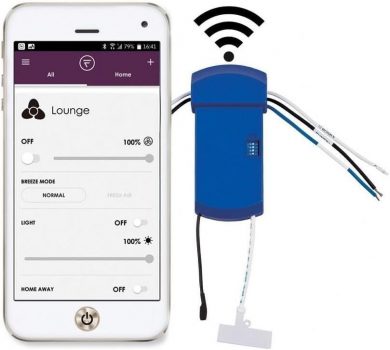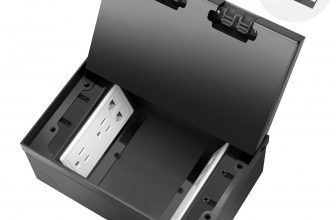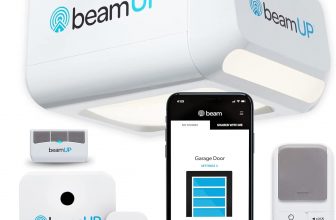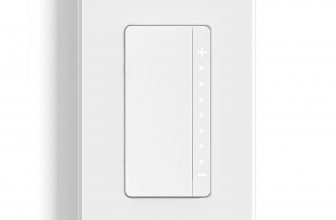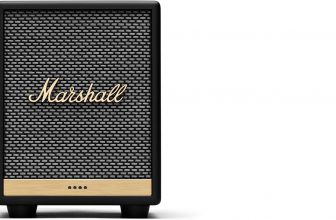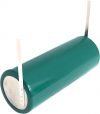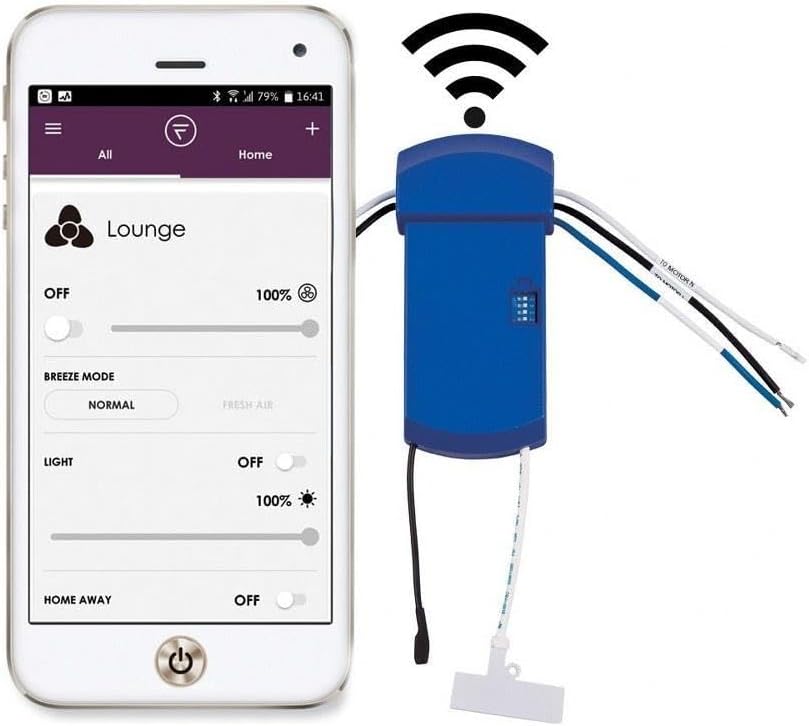
In today’s smart home era, integrating technology with everyday appliances is essential. The Fanimation WFR8515 fanSync Smart WiFi Receiver allows users to control their ceiling fans seamlessly. This article will dive into its features, capabilities, and provide insights from customer experiences to help potential buyers make informed decisions.
Product Features
| Feature | Description |
|---|---|
| Application | Download the free Fanimation fanSync mobile app. |
| Compatibility | Works with Fanimation TriAire Custom Ceiling Fan only – 64” – 84”. |
| Smart Home Integration | Compatible with multiple smart home devices. |
| Control Requirement | Must be used with TR205D or TW206D control for optimal performance. |
Product Overview
| Pros |
|---|
| Easy to install with existing fans. |
| Allows mobile control of ceiling fans. |
| Offers integration with smart home devices. |
| Cons |
|---|
| WiFi control issues reported, specifically with Alexa. |
| Limited customer support from Fanimation. |
| Unit does not output a WiFi signal as expected. |
Understanding Smart Fan Technology
As I delved into the world of the Fanimation WFR8515 fanSync, I became increasingly aware of the fascinating journey from traditional ceiling fans to smart technology. The evolution has been remarkable; once stationary, basic cooling devices are now at the forefront of home automation. When I think about how devices like the fanSync WiFi Receiver enhance our ceiling fan experience, I feel I’m witnessing a true revolution in managing our living spaces effortlessly. Imagine adjusting fan settings right from your smartphone or integrating it into your existing smart home ecosystem: it really transforms how we experience comfort.
The beauty of the fanSync is not just its tech-savvy features but also its compatibility with many existing ceiling fans. This is vital, considering that homeowners need solutions that seamlessly blend with what they already have. Smart fan technology allows for greater energy efficiency, personalized comfort levels, and intuitive controls. It’s like having a smart assistant right overhead, ensuring perfect airflow no matter the time of day. And in a world where convenience is king, the ease of connecting existing fans to a smart network can’t be overstated. The transition into a smart home becomes smooth and intuitive, allowing us to manage our environment with a few swipes on a screen or simple voice commands.
Installation and User Experience of the Fanimation fanSync
The installation process of the Fanimation WFR8515 fanSync can be straightforward, but it does require some attention to detail, especially for those who might not be as tech-savvy. Initially, I found that following the manufacturer’s instructions closely can ease the setup. The receiver itself replaces the existing fan’s unified receiver, allowing for a seamless transition to smart controls. A quick power shut-off at the circuit breaker is necessary to ensure safety while you connect the wires. Most users, like myself, appreciate that it fits well with a variety of fan models, making it versatile.
However, some users do report integration challenges, particularly with WiFi connectivity. It’s not uncommon to face issues where the fanSync struggles to maintain a stable connection to the home WiFi network. This can lead to frustration when trying to control the fan via a smartphone app. That said, even with these potential hurdles, the ease of accessing fan functions like speed and direction remotely can be a game-changer for smart home enthusiasts. Users also highlight the ability to program schedules and use voice controls through smart assistants, enhancing the overall experience. While these teething problems may deter some initially, the wide-ranging benefits often outweigh them, making the fanSync a valuable addition to modern smart homes.
Conclusions
In summary, the Fanimation WFR8515 fanSync Smart WiFi Receiver presents both advantages and challenges. While it enhances user control over ceiling fans and integrates well with smart home ecosystems, potential buyers should consider reported connectivity issues and limited customer support. For those keen on smarter living, it’s worth evaluating if the benefits outweigh the drawbacks.

